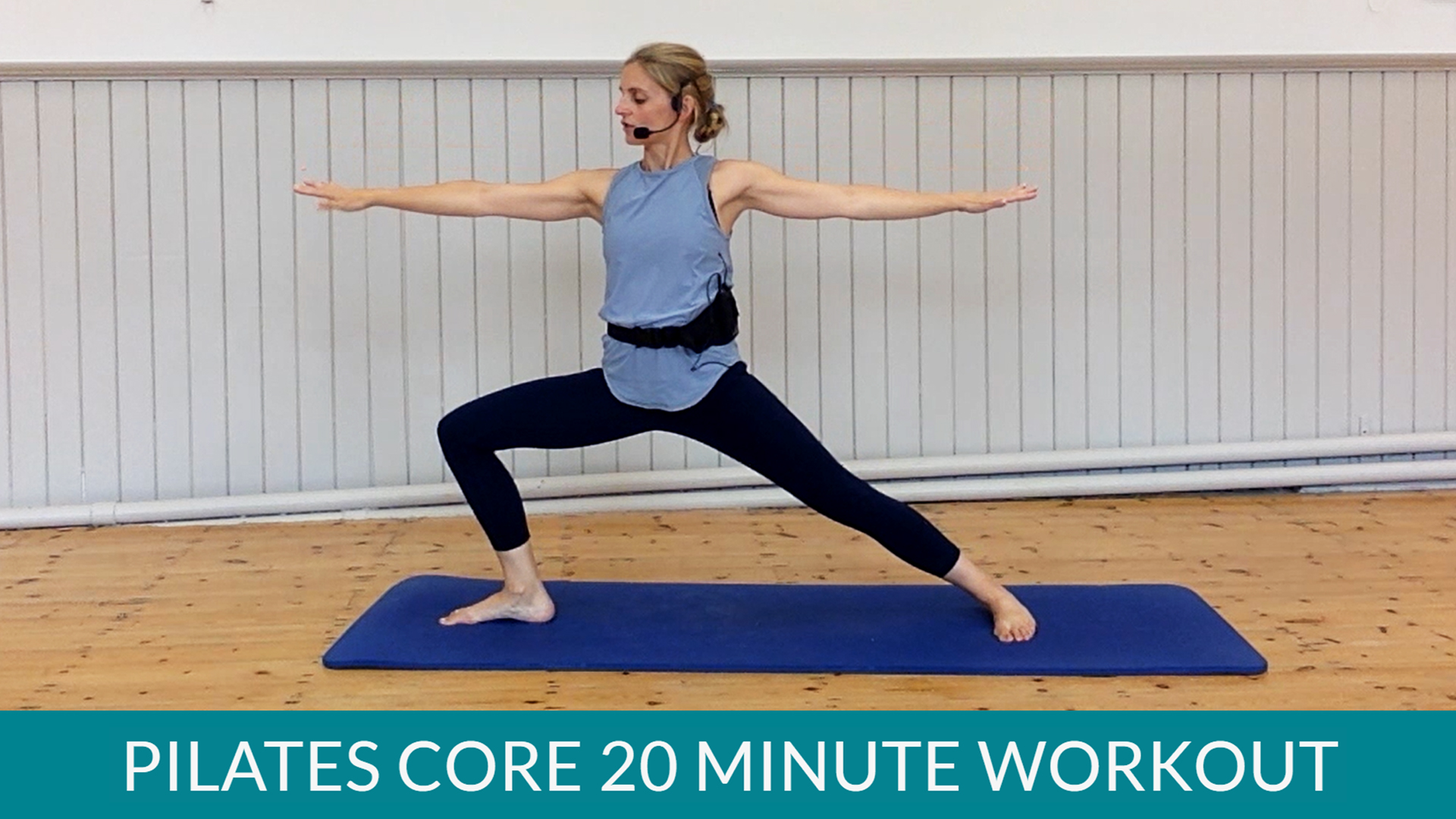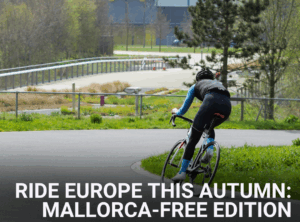Simple core gains to improve your cycling and reduce injuries

Pilates is a low-impact exercise form that targets the body’s core areas. Perfect for cycling really!
It’s named after Joseph Pilates, a German physiologist who developed it primarily as a rehab method in the early part of the 1900s. It soon became popular to aid the recovery of wounded soldiers and the wellbeing of dancers among others.
It’s core techniques centred around 34 exercises haven’t changed too much over the decades. Pilates’ ‘exercise IQ’ system continues to focus on flexibility, strength and body awareness without bulking up the body – again very much in the cycling wheelhouse.
Like yoga, it shares an emphasis on body awareness and breathing to promote mental and spiritual wellbeing, something Pilates termed ‘controlgy’.
It can involve exercise apparatus although the four free Youtube pilates sessions Pedal Cover has commissioned require only a floor mat (see below).
Whether it’s spinal strength and alignment, overcoming a weak lumbar (lower back), overall body strength, tone and flexibility, injury reduction, recovery or posture, pilates has much to offer cyclists.
‘A stable base to put power through the pedals’

Sadly, cyclists at all levels – even the pros – frequently neglect such core strengthening activities and the on-and-off-bike health and performance gains that a few short pilates sessions each week can deliver.
Just 20-30 minutes of pilates or similar core exercises post-activity, and a few minutes before, can yield significant benefits, reasons cyclist and Peterborough-based sports therapist Howard Piccaver from One Step Sports Therapy.
“I’m a big believer in core strength on a bike,” Piccaver says. “A lot of cyclists ignore it because they think they are sitting on a seat and supported, but it is absolutely essential really as far as having a stable base to put power through the pedals.”
He adds“Maybe more elite cyclists get the right advice on core, but for a majority of the amateur cyclists I come into contact with, it is being neglected big time.”
“I mean the cycling community here in the UK has grown massively in the past 5, 10, 15 years and what I see so much of is guys get on their bike, get off the bike and that’s it. They don’t do any of the underlying stuff, which they should be doing if they want to get better.”
Unwinding tightened muscles

Piccaver says one of the biggest impacts pilates can have is stretching muscles and tendons and soft tissues that the repetitive, rotary cycling action can tighten and shorten, especially on longer rides.
“The riding action means nothing gets stretched to its full extent, particularly the hip flexors and hamstrings. They are always working on a shortened inner range so they so they’re going to get tight. That’s where stretching and recovery comes into its own. I like to slowly go through the muscle groups and give it 30 minutes or so.”
Another aspect is strengthening and adding flexibility to the pelvic area.
“There is this misconception that power on the bike comes from the knees and quads – a lot of cycling power actually comes from the hips – the core strength behind the hips,” Piccaver says.
“That means they’re not going to be cycling optimally – their pedal techniques is not going to be good and they won’t get good power transference through the pedals and crank to turn the wheel.”
Stronger, looser, less injury-prone…

In addition to the drag on performance, there is the increased likelihood of injury to the lower back and anterior knee pain, “because there’s too much movement in the saddle.”
“I see so many injuries where it’s down to a lack of core strength or they’re just not getting the best of riding because they are either tight or weakened,” he says.
“The beauty of something like pilates is that with a regular routine of 2-3 sessions a week you can strengthen those weak areas and provide that stable base quite quickly, in weeks.”
“I’d even recommend gentle core activation exercises before riding, especially early morning rides where the muscles have tightened overnight.”
With the physical changes that pilates sessions can deliver to the body, Piccaver reminds riders there might then be some tweaks needed on the bike to maximise the gains – or that the bike may have exacerbated some of the issues in the first place.
“Make sure you’ve got the proper set-up on the bike – a bad set-up can translate forces up through the road into the bike up through your wrists, into shoulders and your neck area so a good set-up will help keep that spine nicely aligned. It’s all about controlled, stable movement.”
Pilates with Sophie

Want some help putting together your own pilates programme? Pedal Cover commissioned Sophie from the SoPilates&Barre studio to design four pilates sessions specifically aimed at improving the strength, flexibility and recovery powers of cyclists.
Each session meets a specific goal:
Full body workout – 30:15
Pelvic and lumbar strength and stability – 19:20
Core strength – 16:29
Stretch and restore – 15:54
They’re all up to watch for free on the Pedal Cover Youtube channel. If you enjoy these videos make sure to subscribe to Pedal Cover on Youtube.
Pedal Cover provides bespoke home insurance for cyclists.










